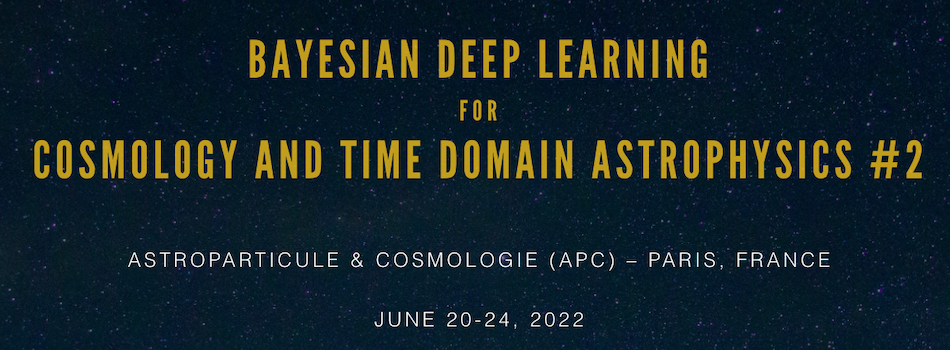Orateurs
Description
Here we present the results of our tests involving different Deep Learning (DL) algorithms in order to detect Gravitational waves (GW) in time-domain data from Massive Black Hole Binaries (MBHB) mergers. We selected three different neural networks (Shallow Multilayer Perceptron, Deep Multilayer Perceptron and a Deep Convolutional Neural Network) which are trained with simulated GW signals and noise produced in-house. The dataset consists of GW signals with the component masses ratios (q) in the range of 1-1501, GW signals injected into Gaussian Noise in the same ratio range and Gaussian Noise. The whole dataset is split into 5 classes as follows: A (q = 1-300), B (q = 301-749), C (q = 750-1200), D (q = 1201-1501) and the fifth class representing just noise (N). The results have direct implications to future ground like Einstein Telescope or space-based GW observatories such as LISA.

